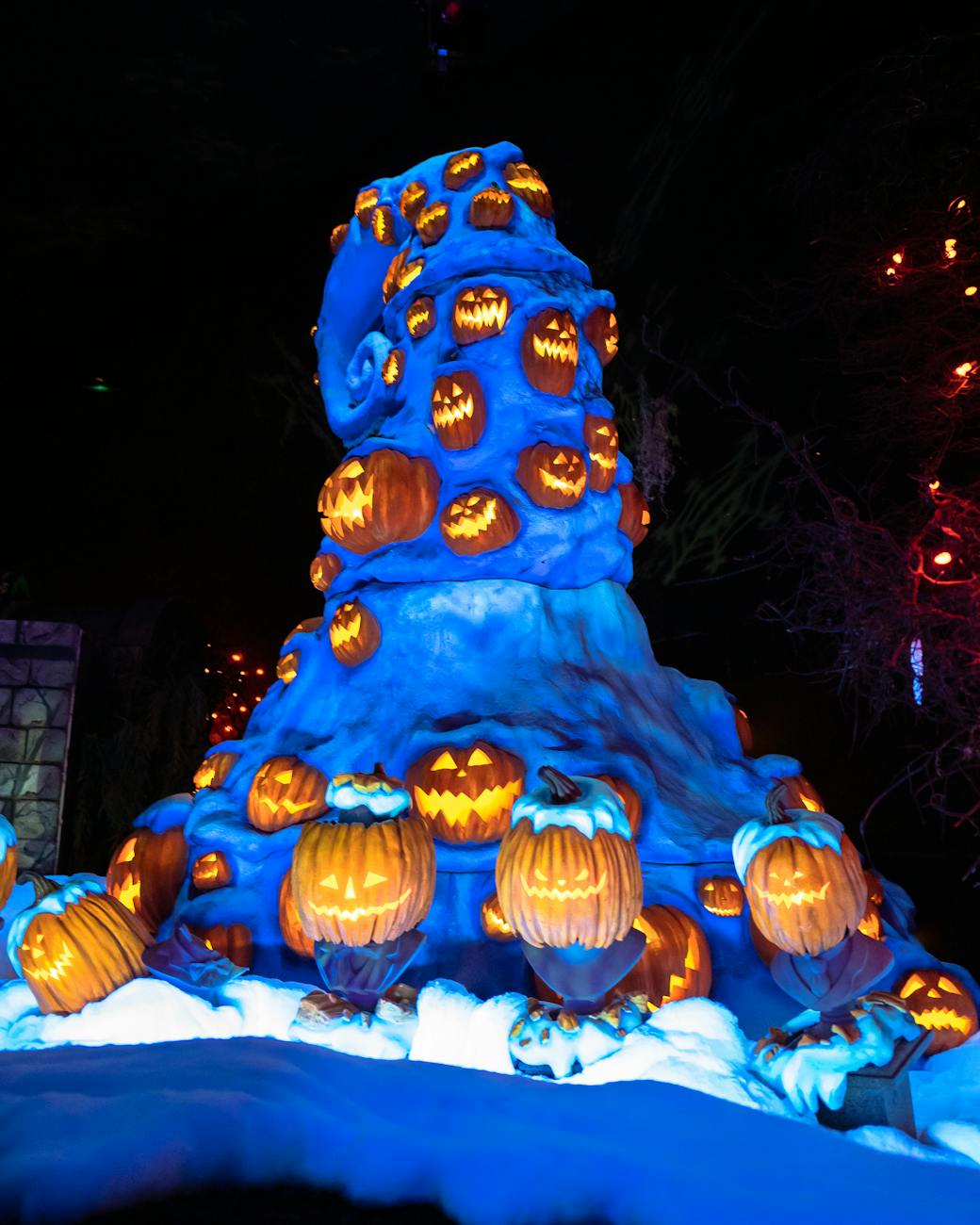When we think of Halloween, we typically think of “Universal” monsters: a vampire, a mummy, a werewolf, Frankenstein’s monster. We even think of normal spooky fiends like ghosts and witches. One thing that doesn’t automatically come to mind though is a scarecrow. They’re the playful, funny-looking humanoid figures hanging out in the fields, protecting farmland from hungry crows… in the daytime at least. Scarecrows have this incredible sense of innocence that completely disappears when you get up and close in the darkness, surrounded by nothing but wind through the cornstalks and dirt underneath your boots. Scarecrows are my favorite horror monster, lulling people into a false sense of security. The one thing we trust enough to defend our crops from scavengers sure has a nasty habit of being put into stories about coming alive and committing murder.
Scarecrow, noun
1. an object, usually a figure of a person in old clothes, set up to frighten crows or other birds away from crops
2. anything frightening but not really dangerous
Dictionary.com
Scarecrows, of course, are human-shaped figures usually made of hay and old clothing that are hung up above farmland with the intent on scaring away birds (the birds think an actual person is in the field, so they don’t get too close and therefore can’t eat the crops). We also define a scarecrow as something innocuous but frightening, like a misshapen plant outside a window, or the shadow of a bunch of farm tools that looks rather shady from afar.

Either way, scarecrows are inherently creepy. The fact that they’re made to look like us strikes up uncanny valley vibes immediately. They wear our old clothes and inevitably end up getting dingy and moldy from being exposed to the elements. They’re lumpy and bumpy in odd places because of the hay. Bugs and other little creatures make their homes inside the body cavity unnoticed. And the smell of rot is almost as bad as the burlap “skin” covering their faces. Everything about scarecrows screams danger, but we use them anyway because — let’s face it — there’s no better or cheaper way.
Dating back thousands of years, scarecrows and other human-like effigies stood guard alone in the fields, their outstretched arms warning others to turn away. Why were they built this way? Some say it’s a call out to ancient ideas on resurrection or life’s turnover cycle (like the Death card in tarot); others surmise it’s just an easy way to hang something up. But a shrouded face and beckoning arms only entice bad things to come closer, regardless of the well-meaning intent of putting one up to begin with.
So it’s no wonder they’re used so often in media. The most famous scarecrow is undoubtedly from The Wizard of Oz. Even with no brain, Scarecrow works with his friends to solve problems and get Dorothy back home to Kansas. Though that “no brain” feature isn’t an inherently evil trait, it does leave options for those wanting to use these straw men as villains. The Goosebumps book and TV episode “The Scarecrow Walks at Midnight” has two scarecrows controlled by magic sent to kill the elderly owners of the farm. Harold, from Scary Stories to Tell in the Dark, is much the same; we’re told time and time again how he’s just straw and old pieces of cloth, yet Harold is able to come to life and take his bloody revenge.
Scarecrows even make it into other highly popular outlets, like Batman and League of Legends. The Scarecrow of Batman/DC Comics fame is the “Master of Fear,” using a toxin to gas victims into having horrific hallucinations. Fiddlesticks (who just underwent a fucking sick rework in League of Legends, is much the same: tormenting other players with a raspy voice, army of crows, and terrifyingly speedy scythe-feet.
Our favorite Christmas ghoul, Jack Skellington, dresses up in his Pumpkin King costume every Halloween, resembling a scarecrow mixed with the Headless Horseman. And then there’s the patron saint of All Hallow’s Eve himself, Sam (Trick ‘r Treat), who isn’t technically a scarecrow but has many of the features of one. Let’s not even start with the many movies named after these guys…
Even when not in movies or TV, they nearly always show up in a story somehow. There is always a pumpkin patch or corn field. There is always a hay- or stick-figure leaning against a wall. There is always a farm with a creepy (or dead) owner. Once you notice them, they turn up everywhere, just as often as a ghost or demon.
Scarecrows are one of the few horror monsters that actually exist in real life (that we definitely have proof of). Our human brains can’t get past that creep factor, making it incredibly easy to fabricate stories of dark magic and these terrible farm figures suddenly coming to life. Though used long before the formation of our country, scarecrows are as American as apple pie. When you’re working a farm, isolated from the rest of the world, the literal fruits of your labor can facilitate the creation of tall tales, and scarecrows are an easy target to start with.
If you’d like to know more about scarecrows, check out Lori Rotenberk’s Modern Farmer article and Joyce Kimball’s Concord Monitor article.
Leave us a comment and let us know what you think about these deceivingly benign beings!











